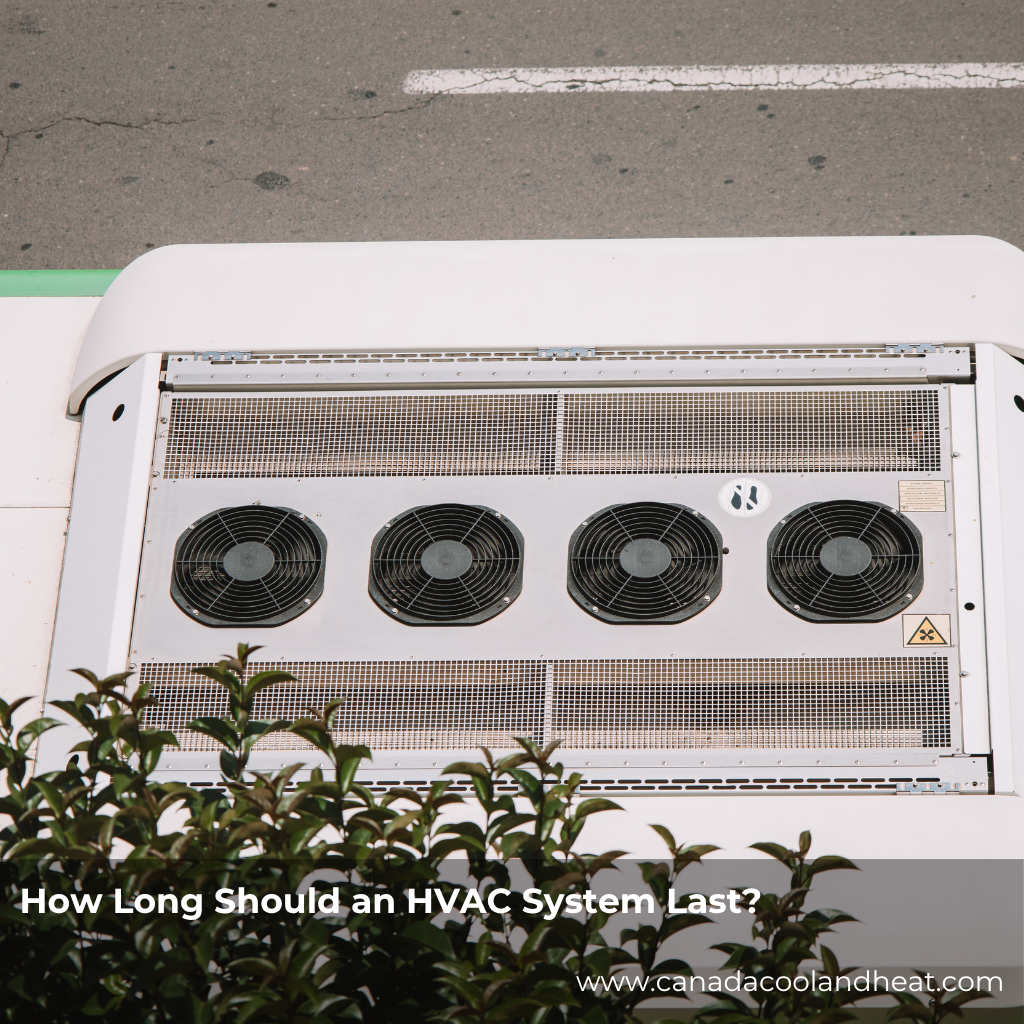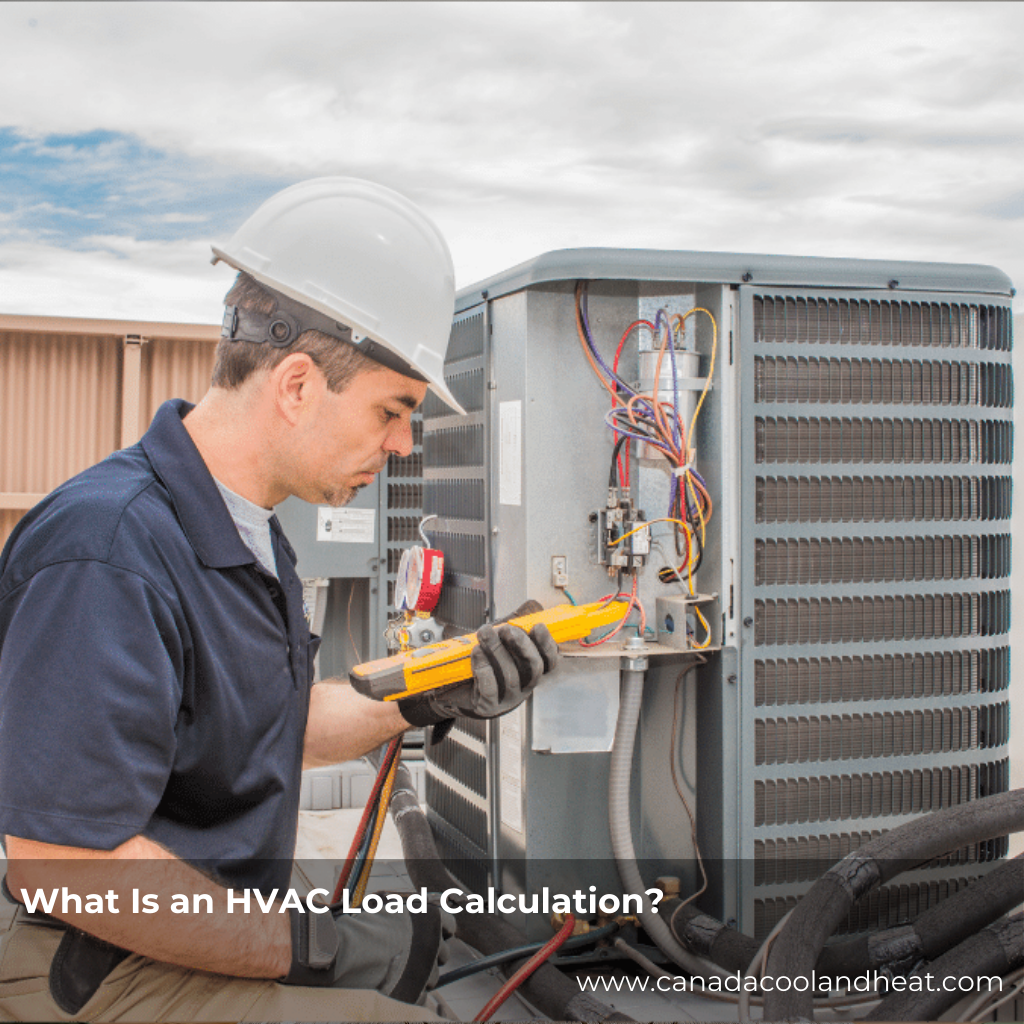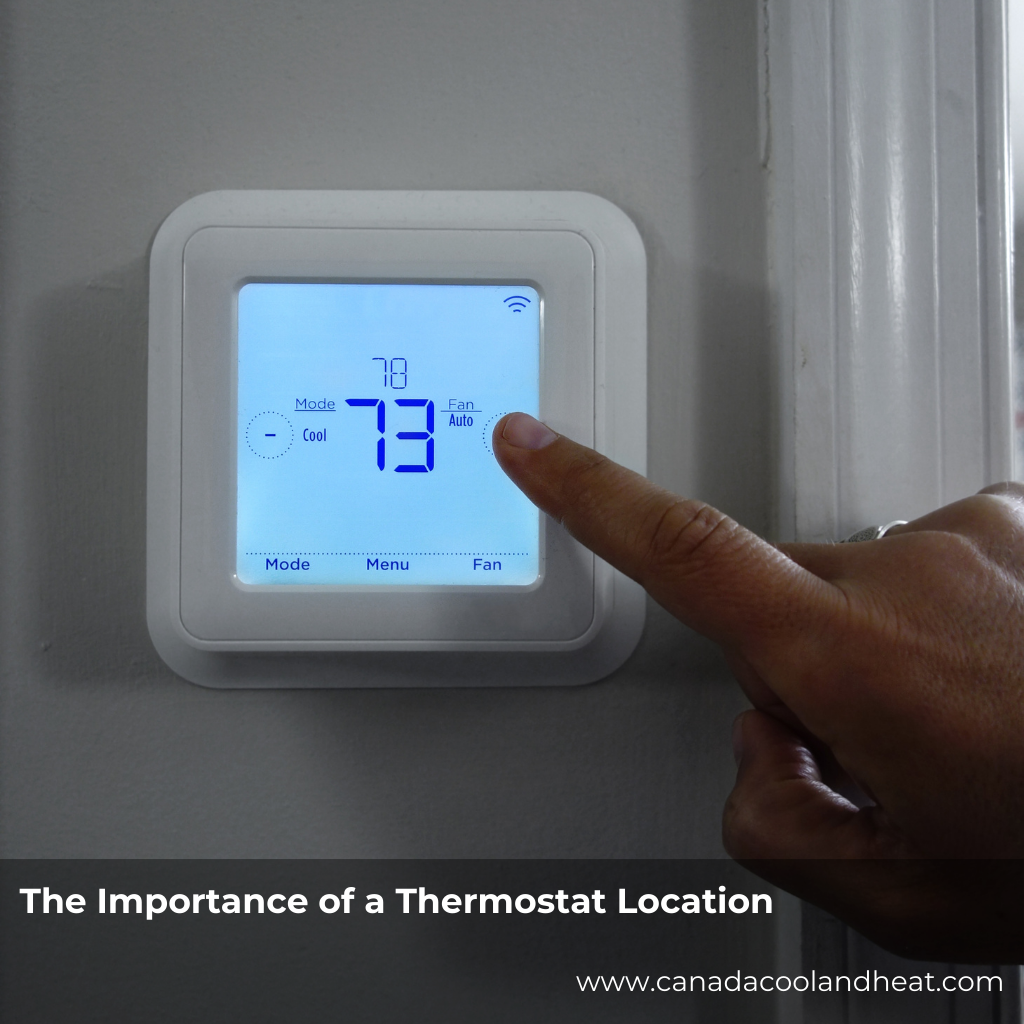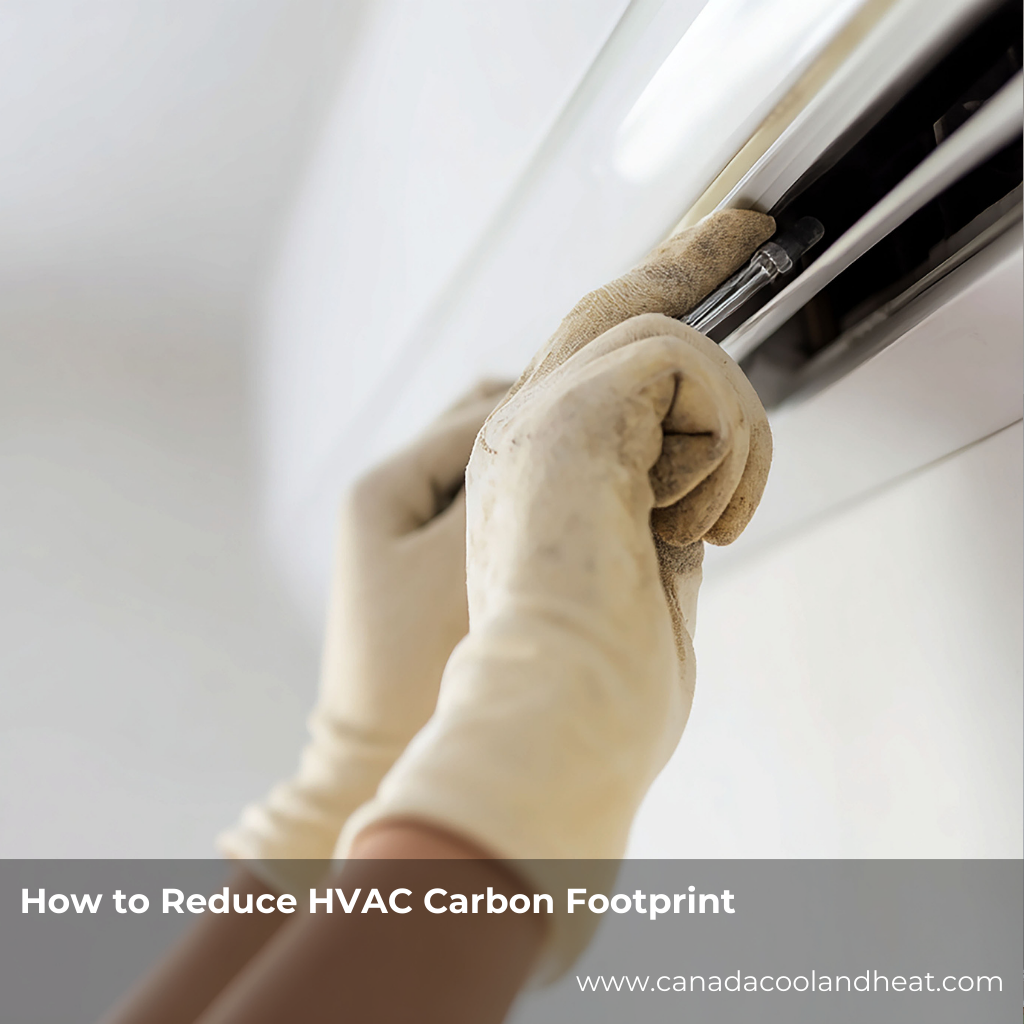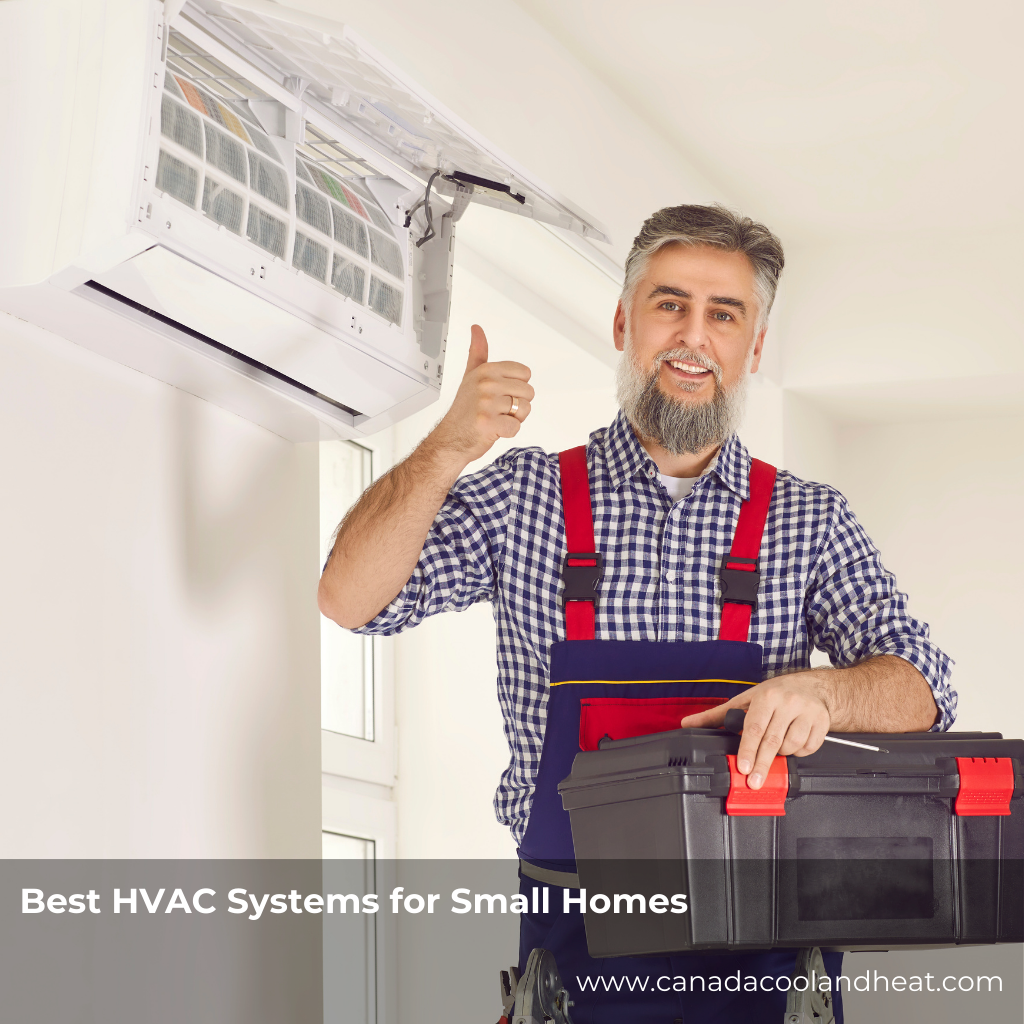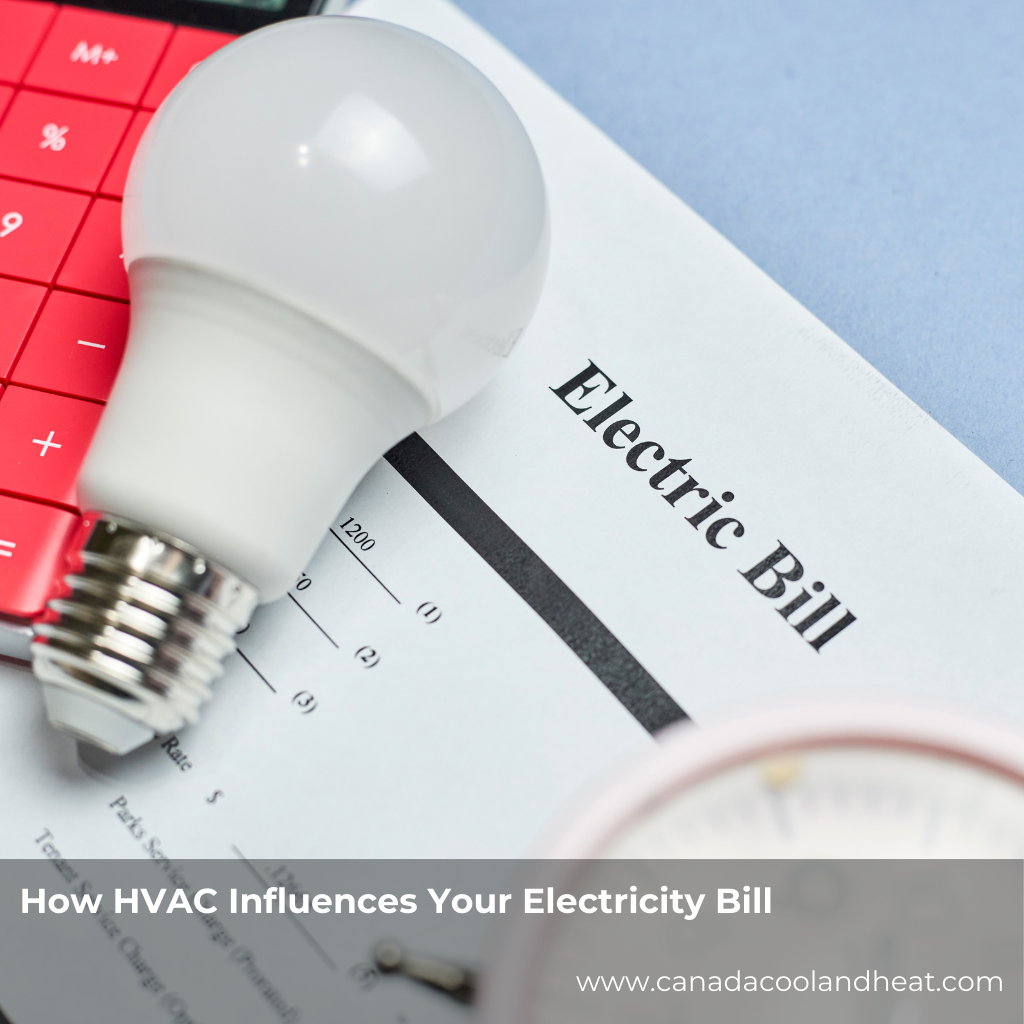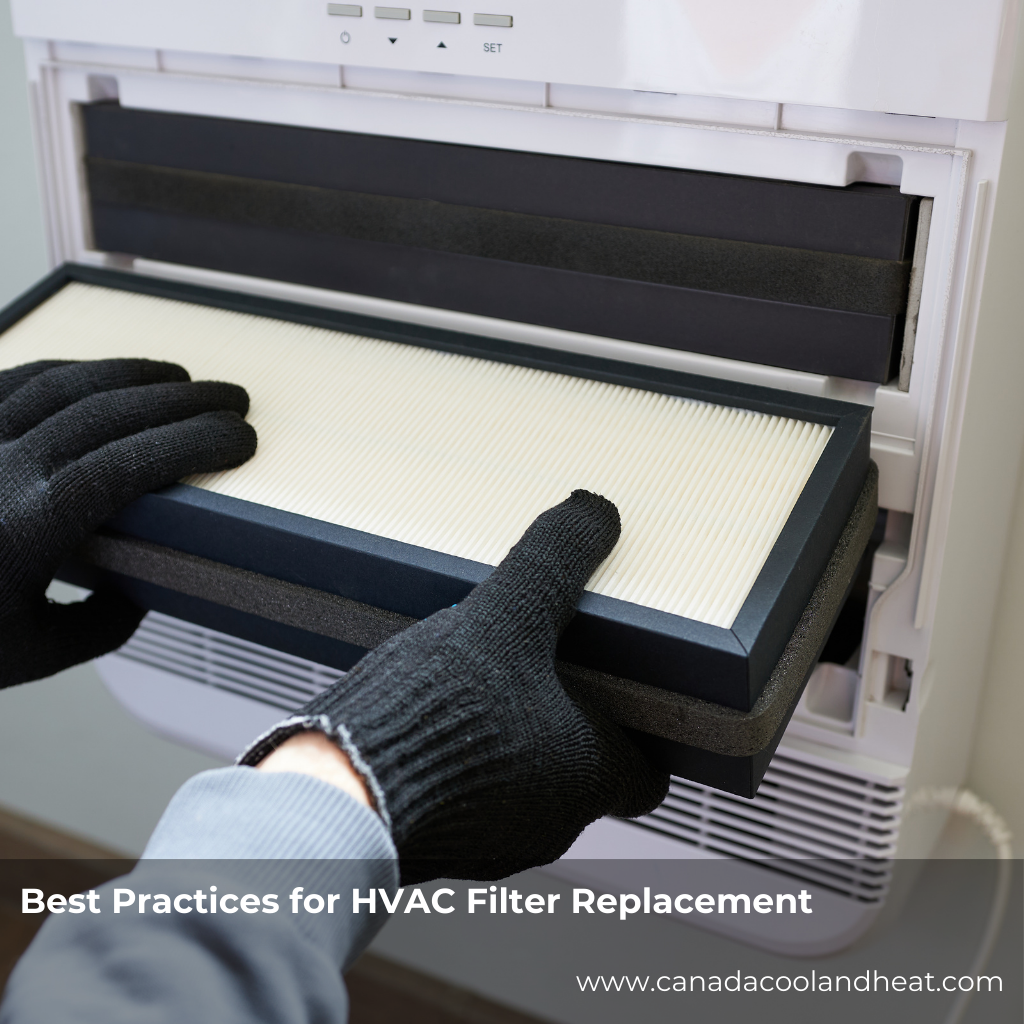The Average Lifespan of an HVAC System
Most well-maintained HVAC systems last 15 to 25 years, depending on the equipment quality, maintenance habits, and environmental conditions. However, when installed in kitchen environments, where air quality and temperature fluctuate constantly, the system works much harder.
Here’s a quick look at expected lifespans for key components:
| Component | Average Lifespan |
|---|---|
| Central Air Conditioner | 15–20 years |
| Heat Pump | 10–15 years |
| Furnace | 15–25 years |
| Ductwork | 20–25 years |
| Vent Hood (Kitchen Exhaust) | 10–15 years |
The kitchen’s vent hood may not seem directly tied to the HVAC system, but in reality, it plays a major role in how the system breathes, balances, and ultimately, how long it lasts.
The Hidden Connection: Vent Hoods and HVAC Balance
Imagine your kitchen as a set of lungs. The vent hood acts as an exhale—it removes hot air, grease, and odors. Meanwhile, your HVAC system works as the inhale—bringing in conditioned air to replace what’s lost.
When your vent hood is too powerful or poorly balanced, it can create negative air pressure, meaning your HVAC system has to work overtime to stabilize the indoor environment. This not only reduces comfort but also shortens system life.
Common Signs of Poor Ventilation Balance
-
Drafts near doors or windows
-
Difficulty maintaining consistent temperatures
-
Lingering kitchen odors despite running the vent hood
-
Higher energy bills due to overworked fans and compressors
Proper balance is achieved when exhaust air (from the hood) is matched by make-up air—fresh air brought in to replace what’s removed. Without this, your HVAC is constantly fighting a losing battle.
Sizing Guidelines for Kitchen Ventilation
Just as you wouldn’t buy shoes two sizes too small, you shouldn’t install a vent hood or HVAC system that’s the wrong size for your kitchen. Proper sizing ensures that your equipment works efficiently and lasts longer.
1. Determine the Vent Hood Capacity
-
Residential Kitchens:
A general rule is 100 CFM (cubic feet per minute) per linear foot of cooking surface.
Example: A 3-foot cooktop → 300 CFM vent hood. -
Commercial Kitchens:
Requirements vary based on equipment type and cooking intensity. Heavy-duty ranges may need 400–600 CFM per linear foot.
2. Calculate Make-Up Air Needs
Every cubic foot of air exhausted must be replaced.
-
If your vent hood moves 600 CFM, your HVAC or make-up air system should supply an equal amount of conditioned air.
-
Failure to balance these flows can lead to poor indoor air quality, carbon monoxide backdrafts, or reduced HVAC performance.
3. Don’t Forget Duct Sizing
Undersized ducts can choke airflow, forcing the blower motor to strain. Oversized ducts, on the other hand, can reduce velocity and leave smoke or odors lingering. A professional HVAC technician can perform an airflow calculation to size ducts precisely.
Maintenance: The Lifeline of Longevity
Even the best HVAC system can’t survive neglect—especially in a kitchen. Grease, moisture, and particulates can all find their way into ducts, filters, and coils, gradually reducing efficiency.
Essential Maintenance Tips
-
Clean vent hood filters monthly to prevent grease buildup.
-
Schedule HVAC inspections at least twice a year—before summer and winter seasons.
-
Replace air filters every 1–3 months.
-
Inspect ducts for blockages or leaks annually.
-
Check make-up air systems for proper operation and airflow balance.
By maintaining proper ventilation and airflow, you can easily extend your system’s life by 5–10 years.
Energy Efficiency and Indoor Air Quality
Balanced ventilation isn’t just about comfort—it’s about health. Kitchens produce airborne particles, volatile organic compounds (VOCs), and humidity, all of which can affect indoor air quality.
Modern systems now include energy recovery ventilators (ERVs) that reclaim heat or coolness from exhausted air, making the system both efficient and environmentally friendly.
When your vent hood and HVAC system work in harmony, you achieve a trifecta:
-
Lower utility costs
-
Healthier indoor air
-
Longer-lasting equipment
Conclusion
So, how long should an HVAC system last?
With proper ventilation, regular maintenance, and a well-balanced vent hood setup, your system can easily live beyond two decades. Neglect these, and even the best unit may fail in half that time.
The key takeaway: ventilation isn’t just about removing smoke—it’s about protecting your HVAC’s longevity. Whether you’re cooking for your family or managing a bustling kitchen, ensure your vent hood and HVAC system work as a team.
FAQs: Vent Hood & HVAC Systems in Kitchens
1. How does a vent hood impact my home’s HVAC performance?
A vent hood can affect air pressure and temperature balance, making your HVAC system work harder if not properly balanced with make-up air.
2. Can an oversized vent hood cause HVAC problems?
Yes. Oversized hoods can create negative air pressure, pulling conditioned air out faster than it can be replaced.
3. How do I know if my kitchen ventilation is balanced?
If you experience drafts, inconsistent temperatures, or lingering odors, your ventilation may be out of balance.
4. How often should I clean my kitchen vent hood?
For residential kitchens, monthly cleaning is recommended. In commercial settings, it may need weekly or even daily cleaning.
5. What’s the best HVAC filter for kitchen environments?
High-efficiency particulate air (HEPA) or activated carbon filters can help trap grease, odors, and fine particles.
6. Should I install a make-up air system?
Yes, especially if your hood exceeds 400 CFM. It keeps indoor air pressure balanced and prevents backdrafting.
7. Can proper ventilation extend HVAC lifespan?
Absolutely. Balanced airflow and clean air circulation reduce strain on HVAC components, helping them last longer.
8. What’s the ideal CFM rating for my home kitchen vent hood?
Most residential hoods perform well between 250–600 CFM, depending on your cooktop size and ventilation design.

